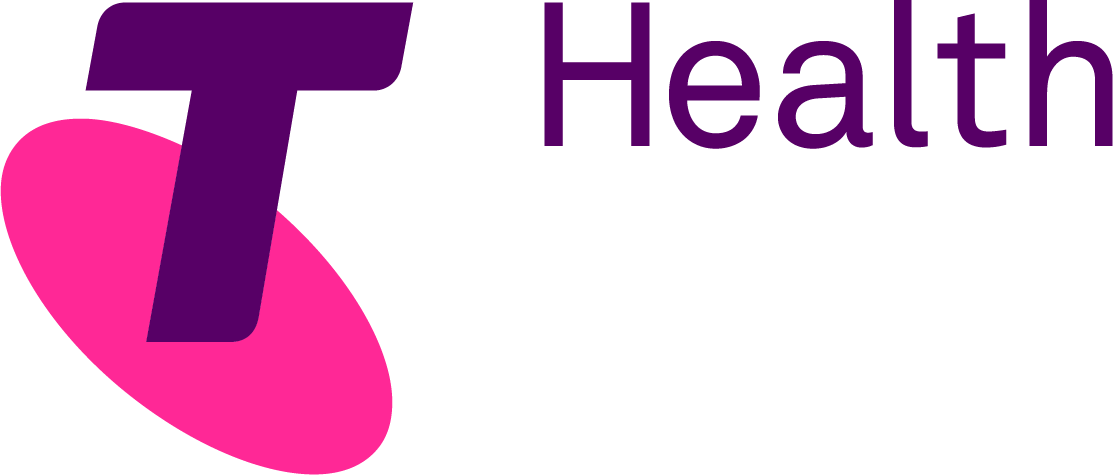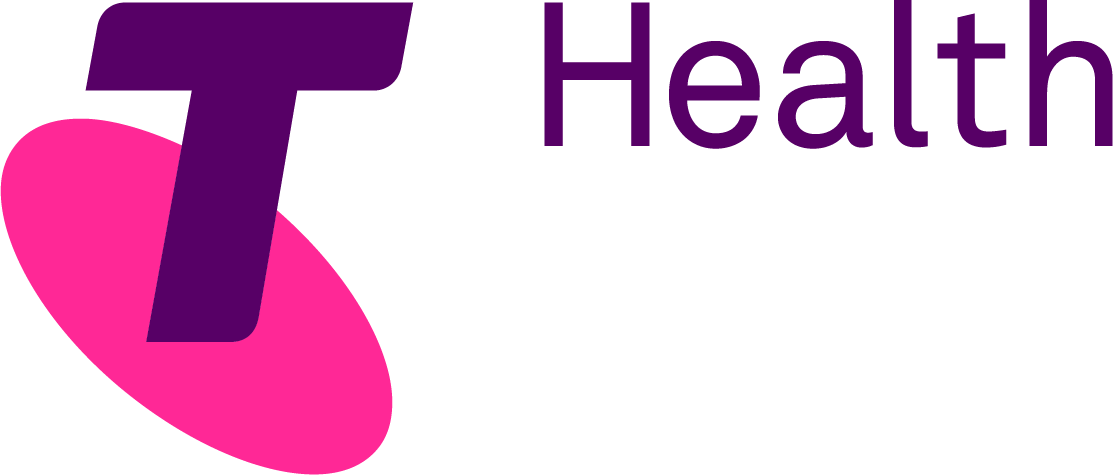
Telstra Health
Telstra Health, a digital health company, builds custom solutions for health and aged clients that effectively integrate the right solutions into their processes.
Key benefits
- UTILIZES TEMPLATES TO BUILD DYNAMIC DIAGRAMS
- Telstra Health uses Lucidchart to map out new solutions to propose to clients, ensuring that it fits the requirements and goals.
- DRIVE ALIGNMENT AND CONSISTENCY
- Telstra Health created an internal playbook of architecture diagrams and patterns in Lucidchart to ensure teams are aligned and consistent across the organization.
- IMPROVE TEAM COLLABORATION
- Telstra Health uses Lucidchart’s intuitive collaboration features such as sticky notes and presentation mode to keep teams on the same page.
SIZE: Medium (101-2,500 employees)
Telstra Health, a digital health company, builds custom solutions for health and aged clients that effectively integrate the right solutions into their processes.

eHealthcare is quickly becoming more prominent in order to connect and improve the lives of patients around the world, and Telstra Health is at the forefront. For over eight years, Telstra Health has grown from a group of start ups and acquisitions to become Australia’s largest eHealth company, with a growing international presence.
Josh Freitas, product architect at Telstra Health, introduced Lucidchart’s powerful diagramming capabilities to the company to aid in API solution design, drive alignment across teams, and collaborating with customers in real time.
Utilize templates to build dynamic diagrams
Telstra Health builds complex systems including API sequences and architecture diagrams to meet the needs of their various healthcare clients. But these technical structures incorporate a great deal of information and can quickly become complicated and confusing to look at.
Rather than design separate, static diagrams, Telstra Health builds some of its dynamic diagrams using Lucidchart’s layers and actions to organize all of the important details in one diagram.
Telstra Health solutions architect Raihan Rasool describes how his diagrams help him communicate clearly with non-technical stakeholders: “Lucidchart brings a document to life so that others can actually understand what the architect wanted to convey in that diagram. Then they are able to benefit from it.”
These diagrams help to make the complex simple by breaking apart architectures into digestible information that can be communicated across the organization. Keeping stakeholders aligned allows Raihan and his team to get the buy-in they need to move forward.
Creating these diagrams can be time consuming, so to speed up the process, Telstra Health leverages Lucidchart’s numerous templates such as sequence charts, UML diagrams, product roadmaps, and Venn diagrams. These templates help to promote standards and best practices for the company.
Raihan describes how he and his team use templates as a jumping off point. Then they can quickly customize and save their own corporate templates to create consistency across the organization. Now when teams need to create something similar, there is a template already available that matches Telstra Health’s system.
Drive alignment and consistency
Because Telstra Health works with so many unique healthcare clients located around the world, it can be hard to explain ideas over the phone or in text. Telstra Health leverages Lucidchart in real time on conference calls to communicate more efficiently and make sure everyone understands what needs to be accomplished. They are able to streamline their collaboration across all of their teams and cross teams. In fact, all of their non-government teams now use Lucidchart.
The organization’s development practices, security considerations, and teams must all be aligned. Raihan and his team used Lucidchart to create an internal solutions playbook of architectural diagrams and patterns. To keep everyone on the same page, the playbook is linked on various Confluence and internal wiki pages, their favorite feature, creating a central and accessible location for vital diagrams and documents.
Teams can create a copy of any of the diagrams from the playbook and then customize it to fit their specific project.
“It's all about the shared understanding and being able to just access it anywhere,” said Josh Freitas.
For example, Josh uses Presentation Mode, to share updates with clients. Without leaving Lucidchart, he can create a slide presentation to walk through what he and his team are proposing. Not only does this process save him and his team time, but when a client or architect finds an inconsistency, they can easily make the change right then and there before easily jumping back into the presentation.
“You can change the diagram right away and then start presenting again instead of saying, ‘No okay, I have noted it. I'll come back to you in a few days.’ So it saves time and it gives a better impression.”
The collaborative and intuitive nature of Lucidchart allows Telstra Health's teams to work efficiently and propose complex solutions that meet client’s needs, even while across the globe.